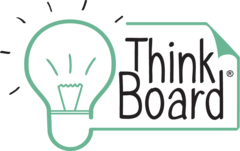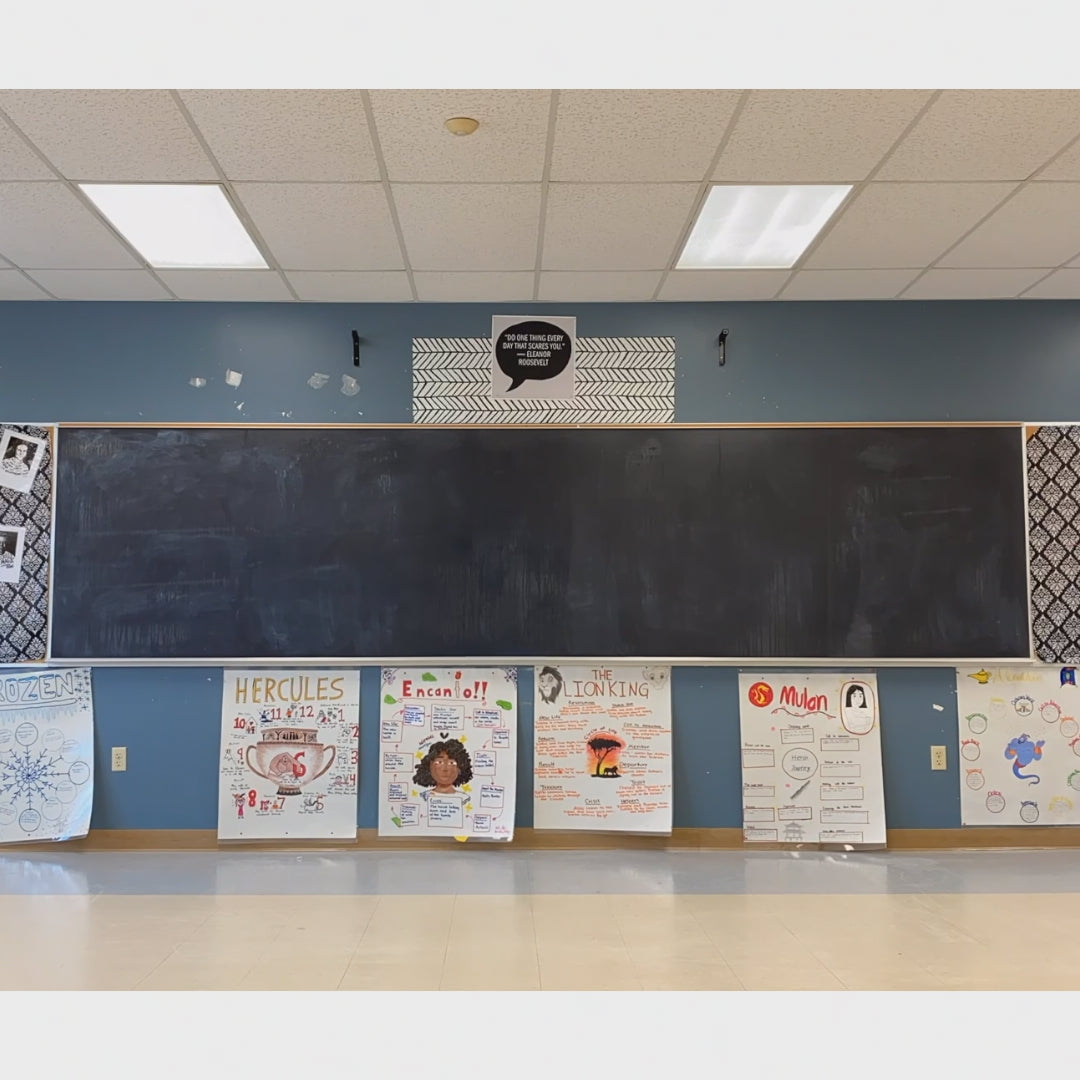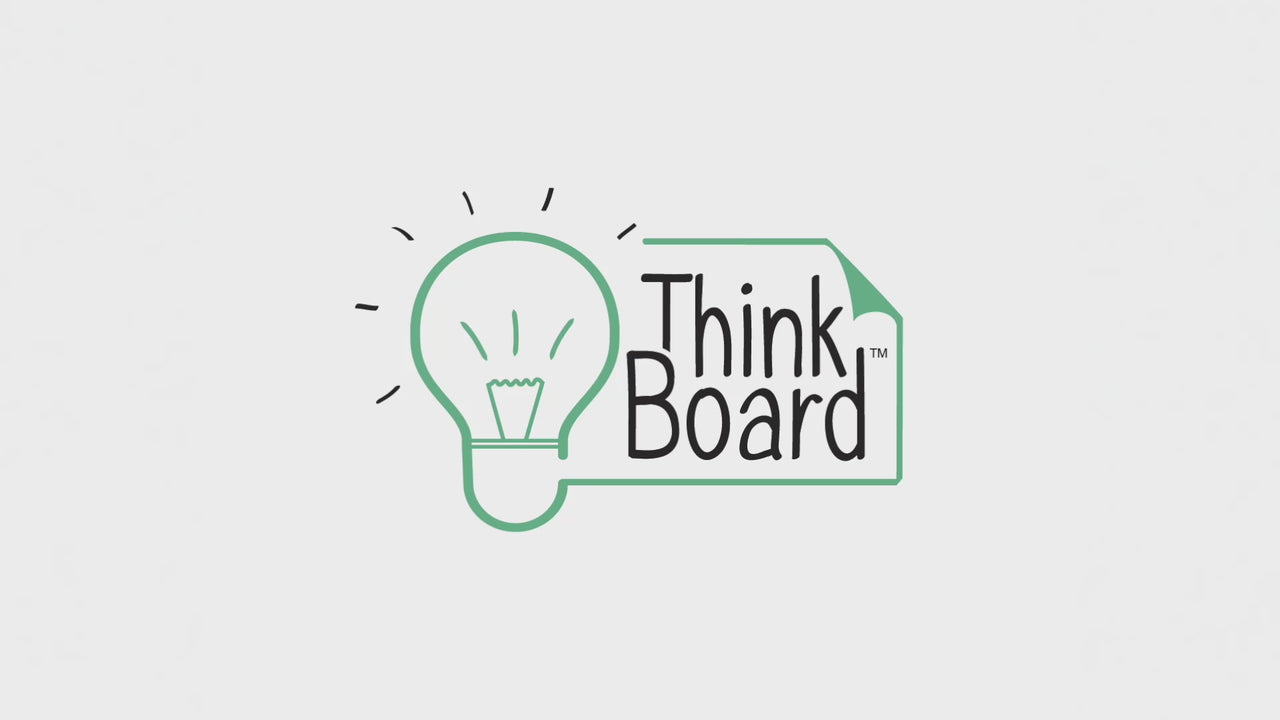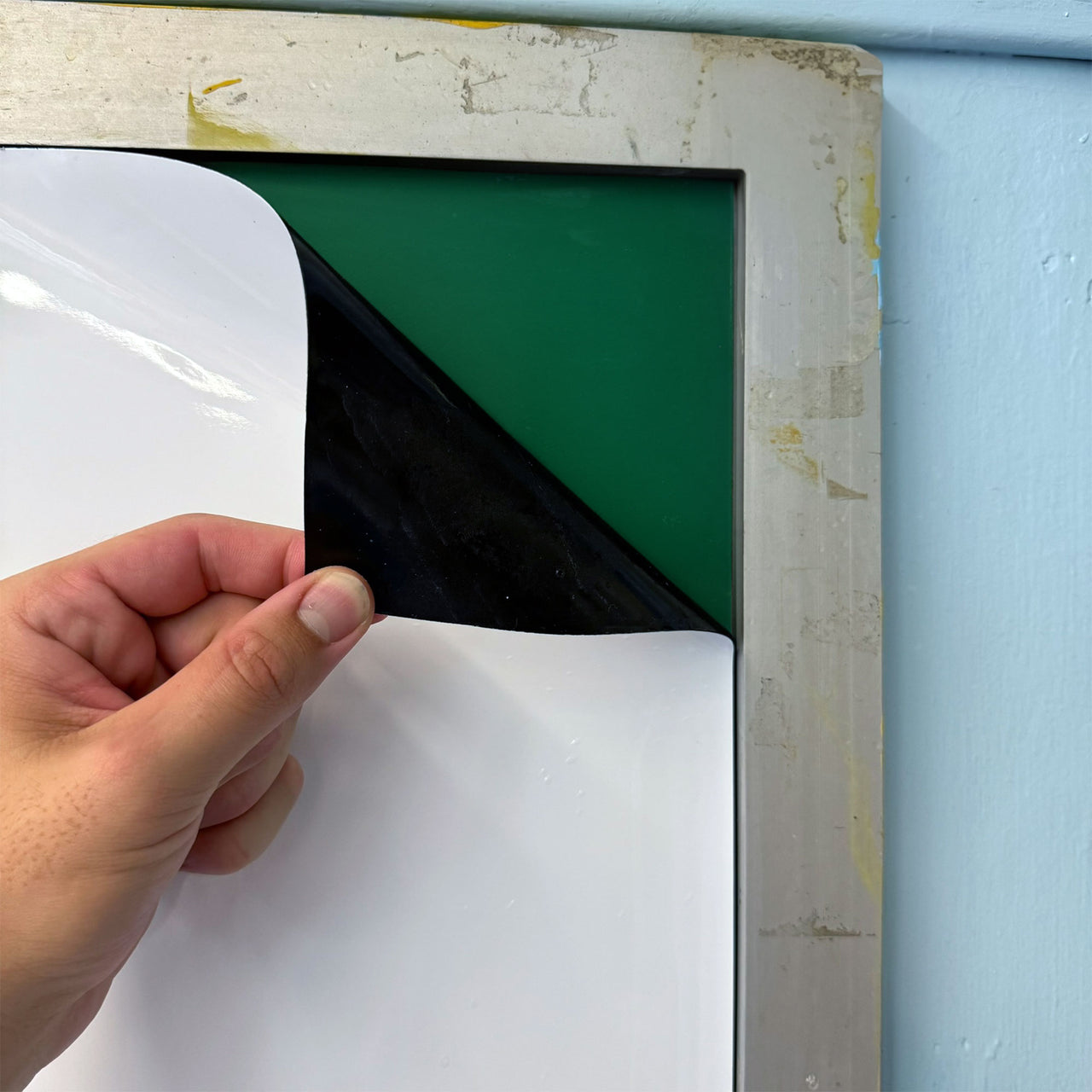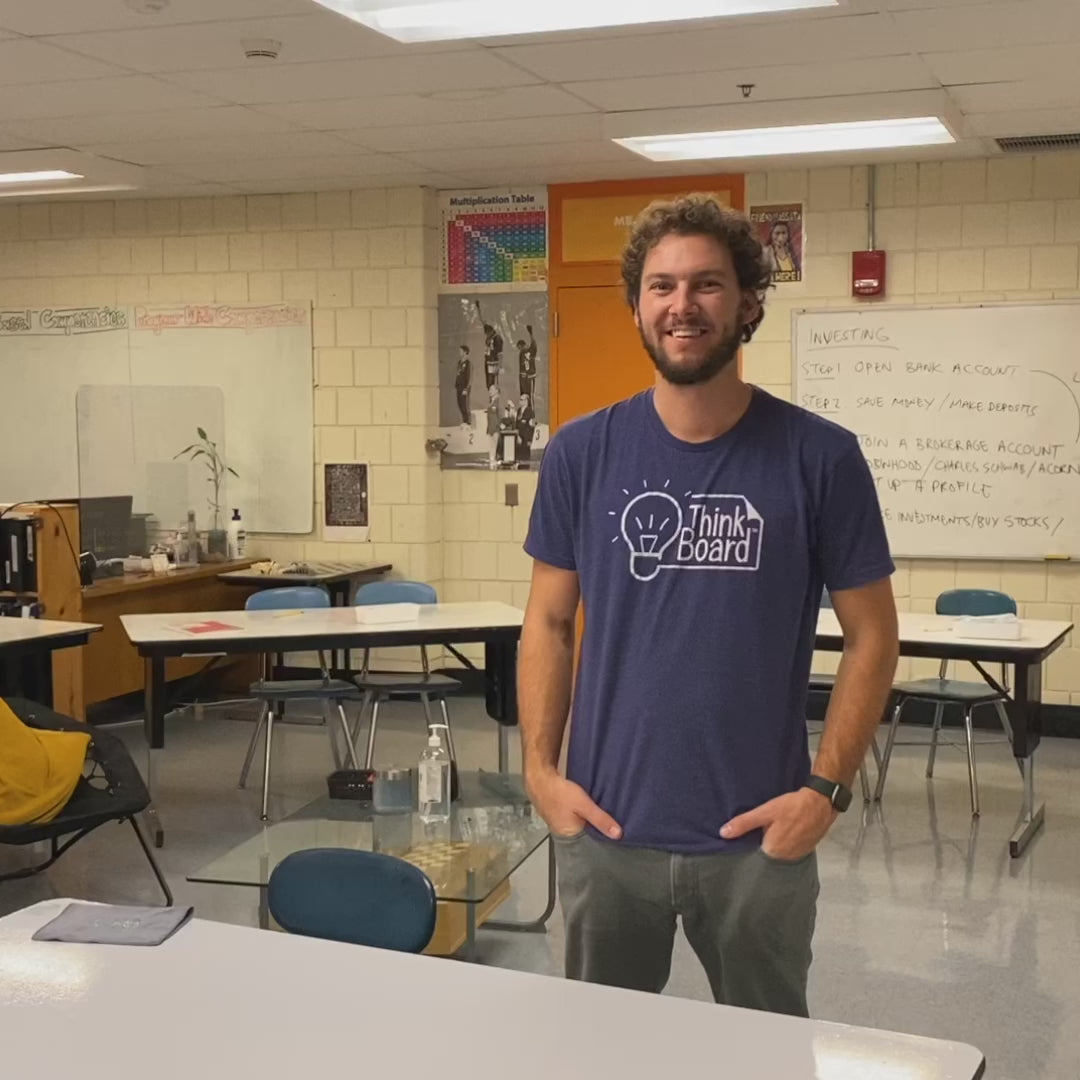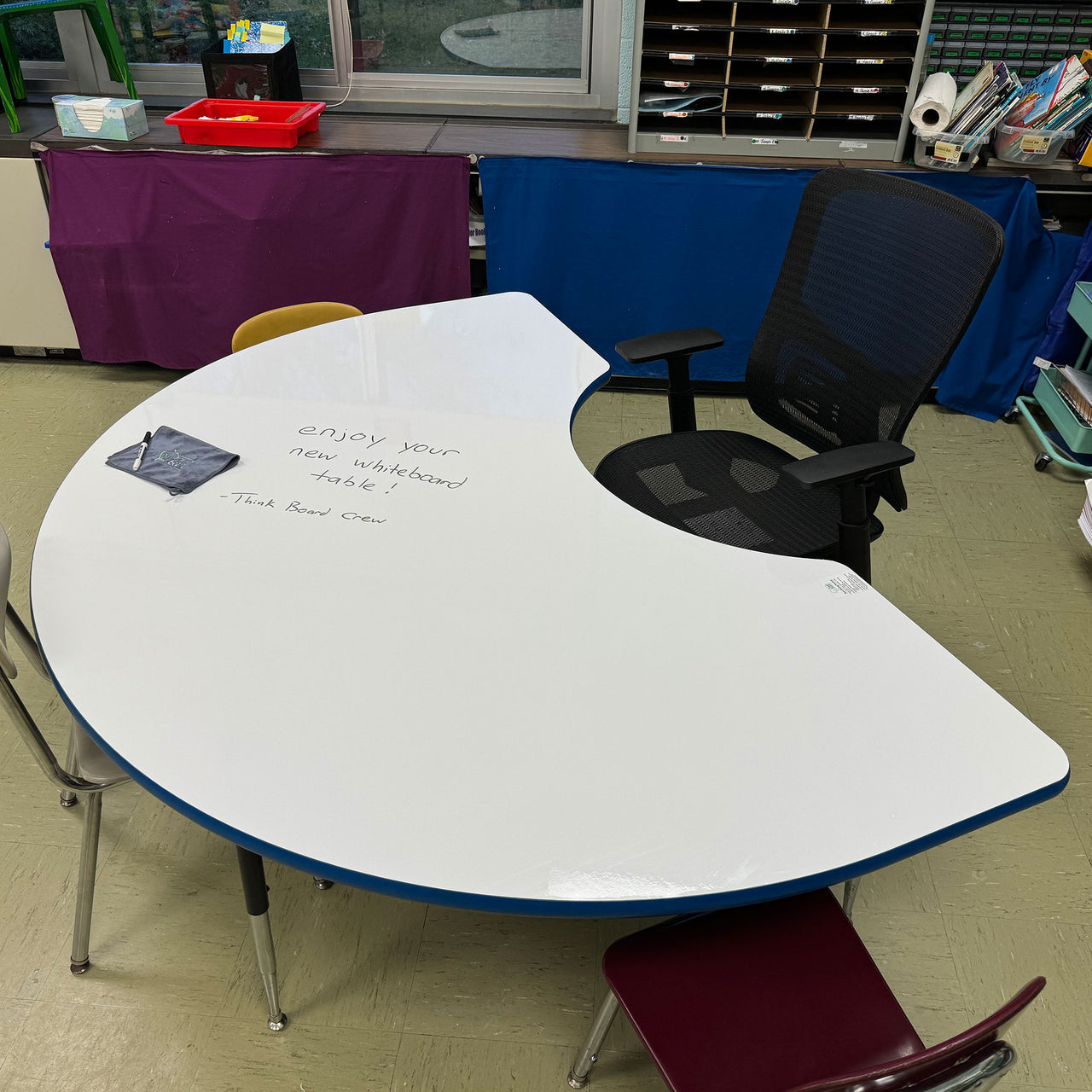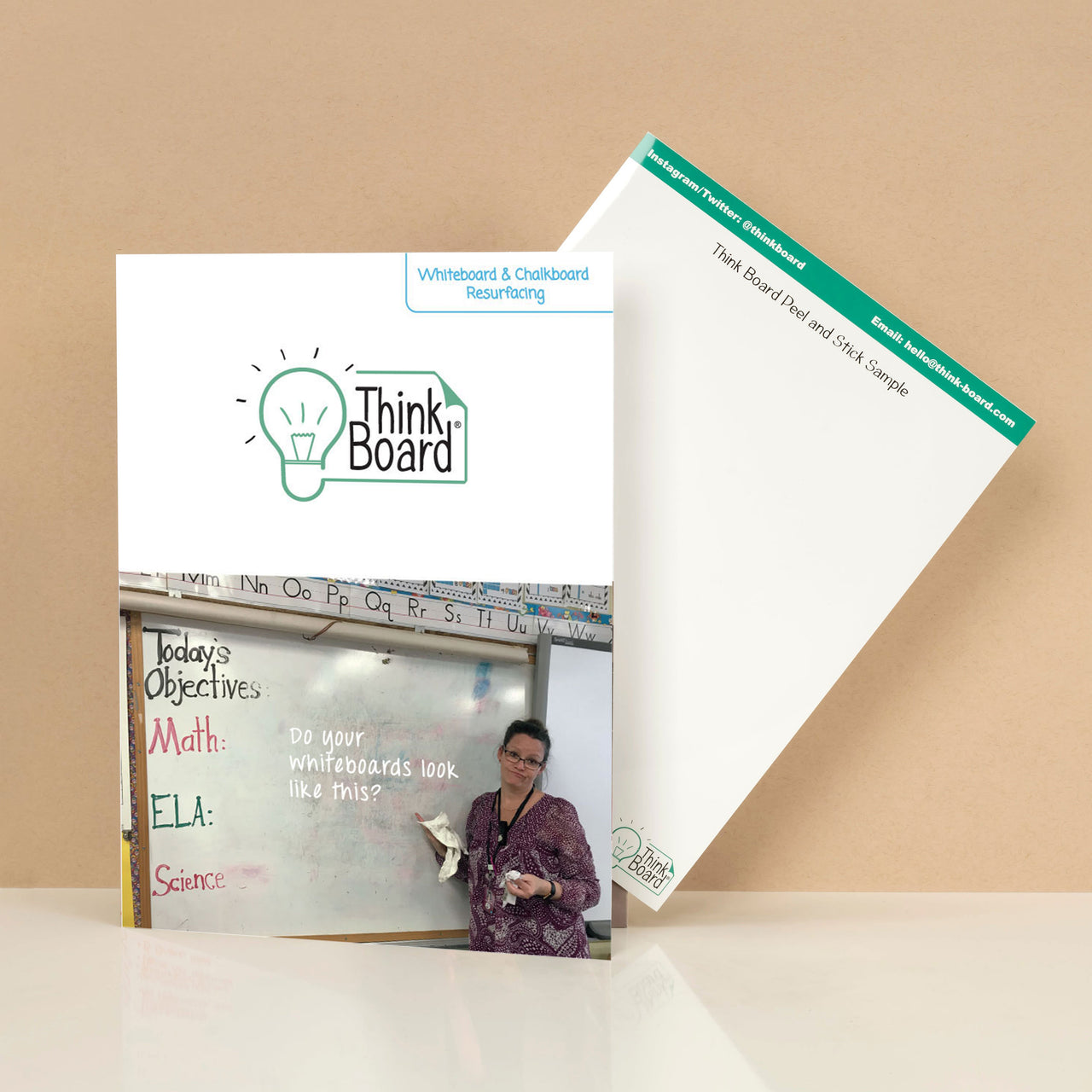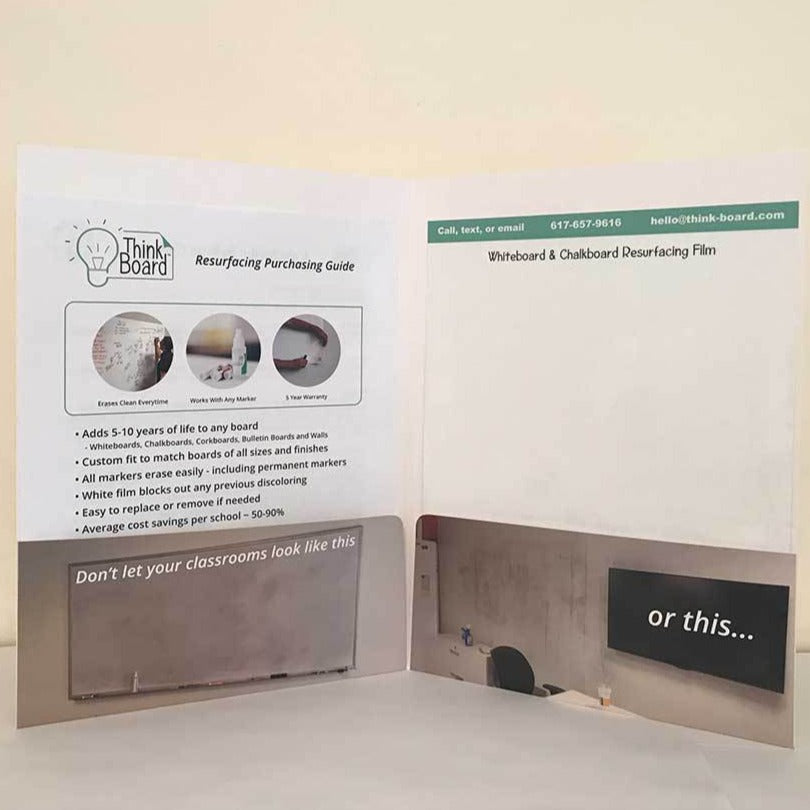How to Reduce Dust in a Classroom: 5 Tips That Actually Work
Dust in a classroom might seem like a minor nuisance — but for students and teachers, it can quietly become a daily source of discomfort, distraction, and even illness.
Why Dust Is a Bigger Deal Than You Think
Dust affects everyone in the room, but especially:
- Students with asthma, allergies, or respiratory sensitivities — even mild dust exposure can trigger coughing, sneezing, or difficulty focusing.
- Teachers who spend hours in the same space — breathing in fine particles all day can cause throat irritation, eye dryness, or chronic congestion.
- Custodial staff and support teams — who face extra cleanup time when dust settles on shelves, tech, and classroom materials.
And the frustrating part? Dust builds up even when no one’s looking — in vents, on whiteboards, under furniture, and yes, especially with chalkboards.
5 Dust-Reducing Tips for a Cleaner, Healthier Classroom
These tips are simple, realistic, and designed to fit within your existing classroom setup — no industrial cleaning equipment required.
1. Replace Chalkboards with Think Board
Chalk dust is one of the worst culprits. It gets in the air, on student desks, in backpacks, and clings to everything nearby — including your lungs.
Swapping out your chalkboard for a Think Board whiteboard film instantly cuts the problem. It installs directly over your existing board (no demolition needed), gives you a smooth, dry-erase surface, and completely eliminates chalk-related dust. It's also easy to clean and ghost-resistant, which means less residue buildup over time.


2. Use Microfiber Cloths, Not Traditional Dusters
Feather dusters just push dust around — microfiber cloths actually trap and remove it. Use dry or lightly dampened microfiber to wipe down high-touch surfaces like desks, shelves, and board edges.
Pro tip: Keep a small basket of microfiber cloths in the classroom so quick wipe-downs can happen without a trip to the supply closet.
 Think Board microfiber cloths keep your whiteboard clean and dust-free — no streaks, no residue.
Think Board microfiber cloths keep your whiteboard clean and dust-free — no streaks, no residue.
3. Keep Surfaces Clear and Clutter-Free
More clutter = more surfaces for dust to land on. Simplifying your classroom layout not only makes the space feel more open — it makes cleaning quicker and more effective.
Use vertical storage when possible, avoid stacking materials in open-air piles, and leave open desk surfaces so cleaning doesn’t get skipped.
4. Store Classroom Materials in Closed Bins
Books, art supplies, and manipulatives collect layers of dust when left exposed. Use bins with lids, drawers, or even soft-close cabinets to cut down on unnecessary surface area.
Labeling bins by topic or subject makes them easy for students to use and return — while also keeping particles off your materials.
5. Clean or Replace HVAC Filters Regularly
Dust often circulates invisibly through your air system. Partner with your facilities team or building manager to ensure filters are cleaned or replaced on schedule (ideally every 2–3 months). For older schools, this step is critical — especially during seasonal changes when pollen, heating systems, or mold may already increase airborne irritants.
Bonus Tip: Schedule Occasional Deep Cleaning
Even with daily efforts, some dust buildup is unavoidable — especially in high-traffic classrooms. If your school offers professional deep cleaning services over breaks or weekends, make sure your room is included.
This is a great time to:
- Clean air vents and baseboards
- Vacuum under furniture and rugs
- Evaluate surfaces like whiteboards, bulletin boards, or aging materials that might be contributing to hidden dust
Think Board whiteboard films reduce long-term buildup and are easy to wipe down after deep cleans — no scrubbing required.
Final Thoughts: A Cleaner Room Helps Everyone Breathe Easier
Reducing classroom dust doesn’t just improve air quality — it makes your space more comfortable, more professional, and more welcoming for students, teachers, and guests alike.
Start with the one fix that eliminates the most visible source of dust — chalk — and layer on simple daily habits from there. A dust-free classroom is easier to maintain, healthier to teach in, and better for student focus year-round.
👉 Ready to replace your old chalkboard or ghosting whiteboard?
Explore Think Board dry-erase solutions for schools here.
